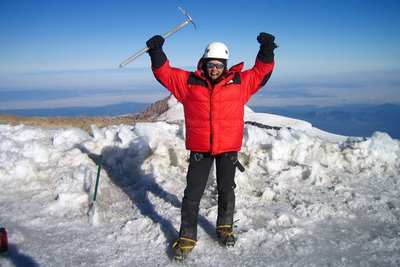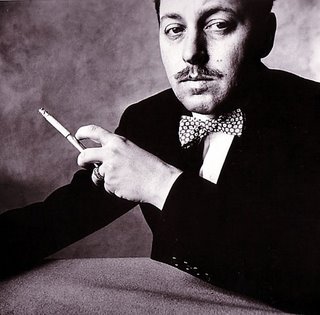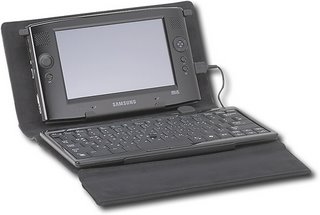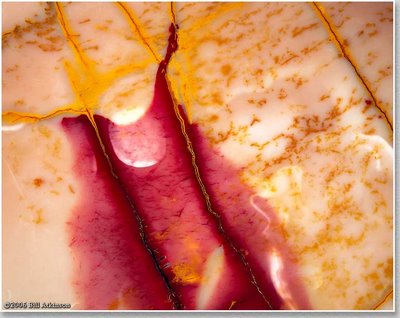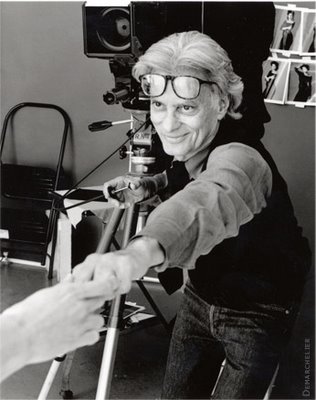 It's hard to believe that 911 was five years ago. At times it seems like it happened last year and other times, a dozen years ago.
It's hard to believe that 911 was five years ago. At times it seems like it happened last year and other times, a dozen years ago.
I want to share with you the story of two of the 3000 people who perished that Tuesday; two exceptional people, Joe Ferguson and Ann Judge. This is their 911 story.
"Two staff members of the National Geographic Society, along with three Washington, D.C., teachers and three students they were traveling with, were among the victims of the terrorist attacks in the United States on Tuesday, officials of the Society announced on Wednesday.
Ann Judge, director of the Society's travel office, and Joe Ferguson, director of the Geography Education Outreach Program, were accompanying the three teacher-student pairs on an educational trip to California. They were all killed along with the other passengers of American Airlines Flight 77 after it was hijacked and crashed into the Pentagon at about 9:45 Tuesday morning.
Teacher James Debeuneure and student Rodney Dickens were representing Ketcham Elementary School; teacher Sarah Clark and student Asia Cottom were from Backus Middle School; and teacher Hilda Taylor and student Bernard Brown were from Leckie Elementary School. All the students were 11-year-old sixth graders.
They had been selected to participate in a program at the Channel Islands National Marine Sanctuary near Santa Barbara, California, as part of a Society-funded marine research project known as Sustainable Seas Expeditions."
"Through our educational outreach program, Ann and Joe were going to make geography and the environment come alive for these committed, talented teachers and their star students by putting them into the field with scientists and researchers," said John Fahey Jr., the Society's president and CEO.
"The D.C. School District has lost six extraordinary people, and we at the Society have lost two treasured colleagues," he added.
Today our thoughts and prayers are with all the victim's families, and this commitment we make to them, we will never forget.
 "You're looking at the single most significant jazz portrait taken in the 20th century. No one believed anyone could gather this many talents and temperments so very early on a summer morning but it all happened like magic, and the world was immediately smitten when this picture was published in Esquire magazine January 1959. This was Art Kane's first assignment as a professional photographer."
"You're looking at the single most significant jazz portrait taken in the 20th century. No one believed anyone could gather this many talents and temperments so very early on a summer morning but it all happened like magic, and the world was immediately smitten when this picture was published in Esquire magazine January 1959. This was Art Kane's first assignment as a professional photographer."








